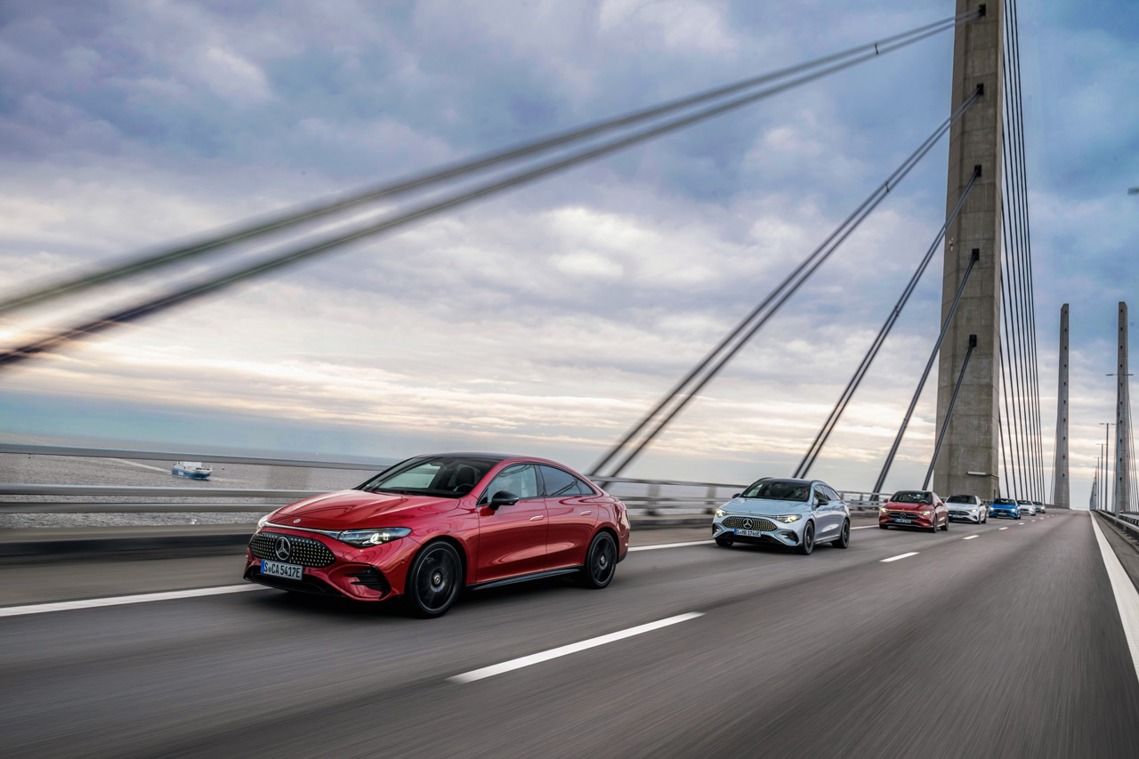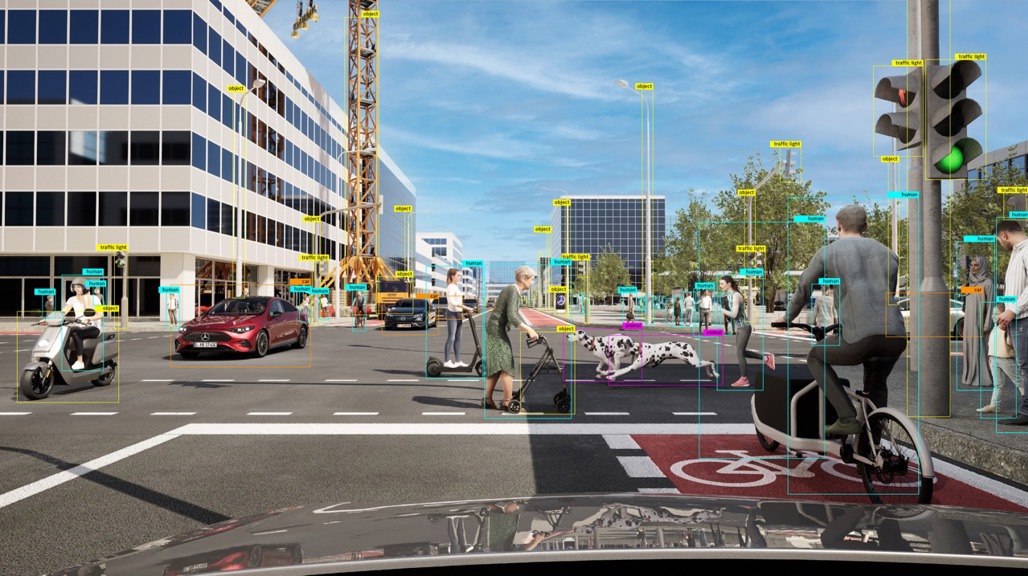- Mercedes-Benz will begin collecting real-world sensor and video data from customer vehicles starting late July 2025.
- The data will help train driver assistance systems to better detect pedestrians, cyclists, and complex traffic scenarios.
- Participation requires vehicle owner consent, with data anonymised and selectively transmitted under strict privacy protocols.
Mercedes-Benz is taking a bold new step in its march toward safer roads and smarter cars.
Beginning late July 2025, the brand will start collecting real-world sensor and video data from consenting owners of its customer fleet.
The goal is to sharpen the intelligence of its advanced driver assistance systems (ADAS) and automated driving functions not just in the lab but in the chaos of everyday traffic.
From testing grounds to traffic jams

The move shifts the automaker’s data collection from controlled test environments into the unpredictable swirl of urban streets, pop-up cycle lanes and dodgy roundabouts. It’s all part of Mercedes-Benz’s long-term vision: “Vision Zero,” the EU’s goal of eliminating all road fatalities by 2050.
Pedestrians, potholes and privacy
Mercedes-Benz says its systems need realistic and diverse datasets to recognise a full spectrum of road users (including children, cyclists, and people with limited mobility) and to respond to rare or unexpected situations like makeshift diversions or erratic pedestrian behaviour.
Previously reliant on test cars, the brand believes expanding its training base to customer vehicles will help the software react better in the wild. But rest assured: this isn’t a free-for-all surveillance net. Data is collected only with clear owner consent and under strict privacy protocols.
As board member Renata Jungo Brüngger put it: “Our data protection standards are just as high as our safety standards. Our customers and all road users can rely on this.”
Data from vehicles will only be stored temporarily, triggered by events like heavy braking, and anonymised before being transmitted. Customers can opt out or revoke consent at any time. Even pedestrians who suspect they’ve been recorded can request deletion by providing the time and location.
Software updates from the streets
The collected data won’t just live in a database, as it’ll inform software updates that continuously improve ADAS features over time. Mercedes-Benz hopes this feedback loop will not only make its own vehicles safer, but also influence broader traffic design and infrastructure decisions.
With road complexity increasing and driver expectations rising, Mercedes-Benz is betting that learning from the real world - messy, unpredictable, and all - will give its systems the edge they need.
Because in the end, if your car can handle rush-hour madness, a test track's got nothing on it.





